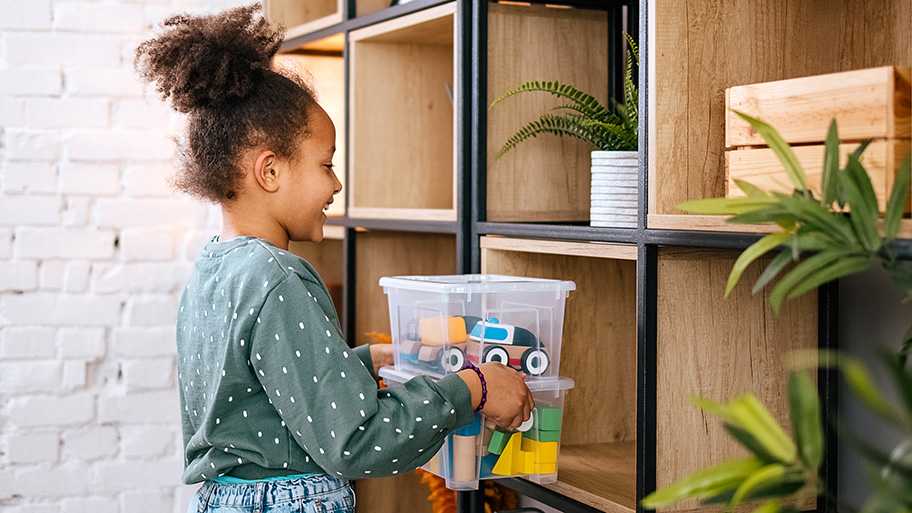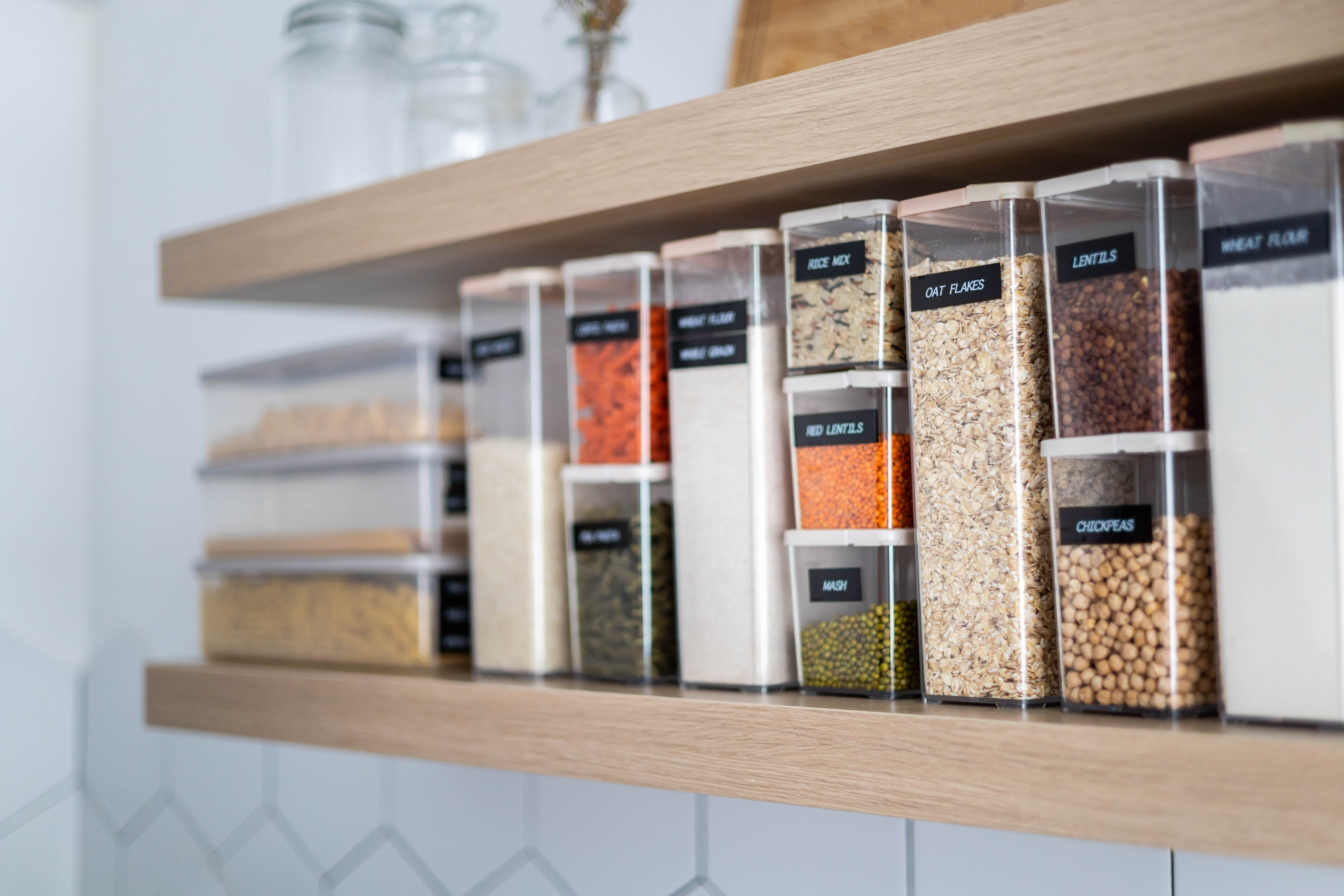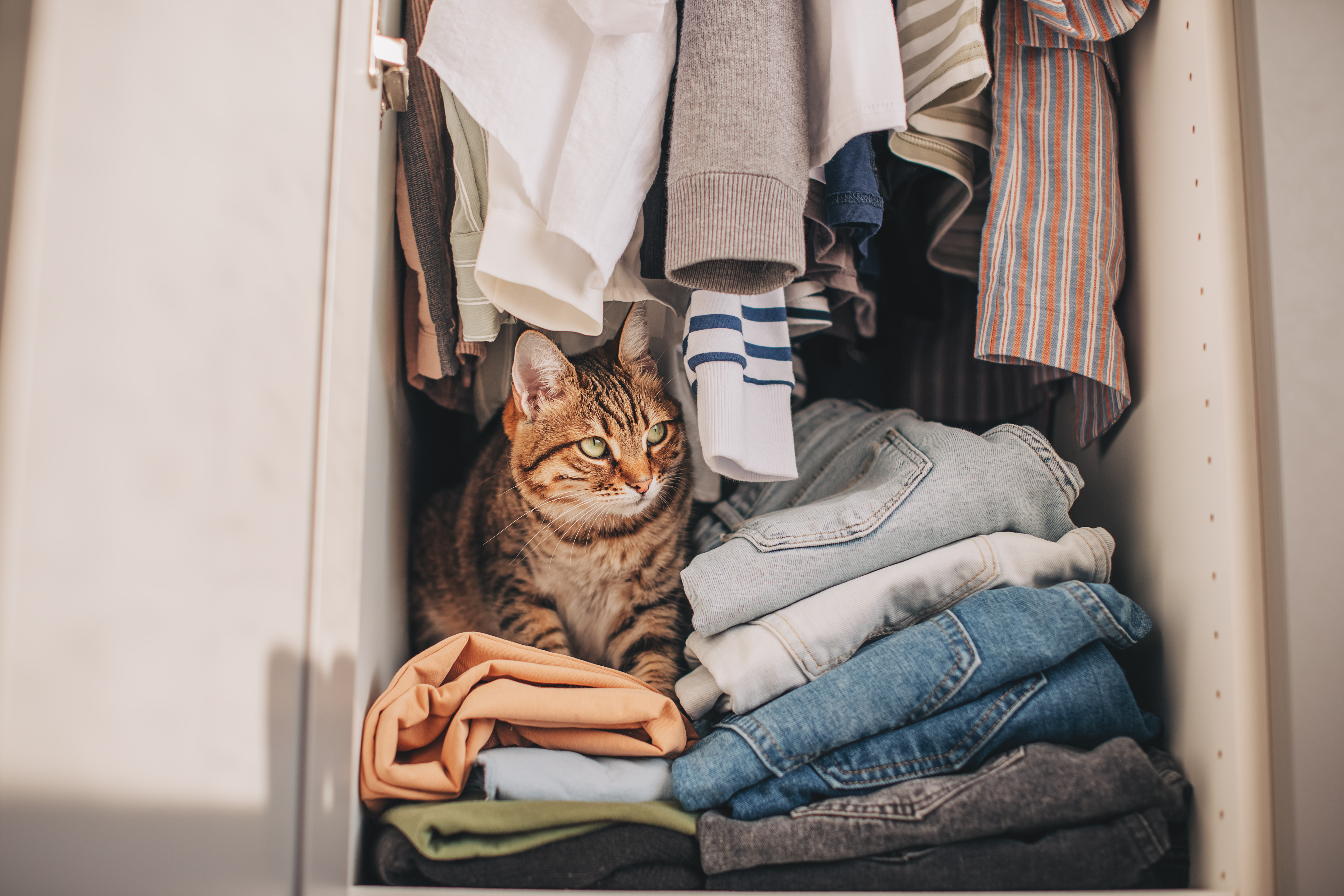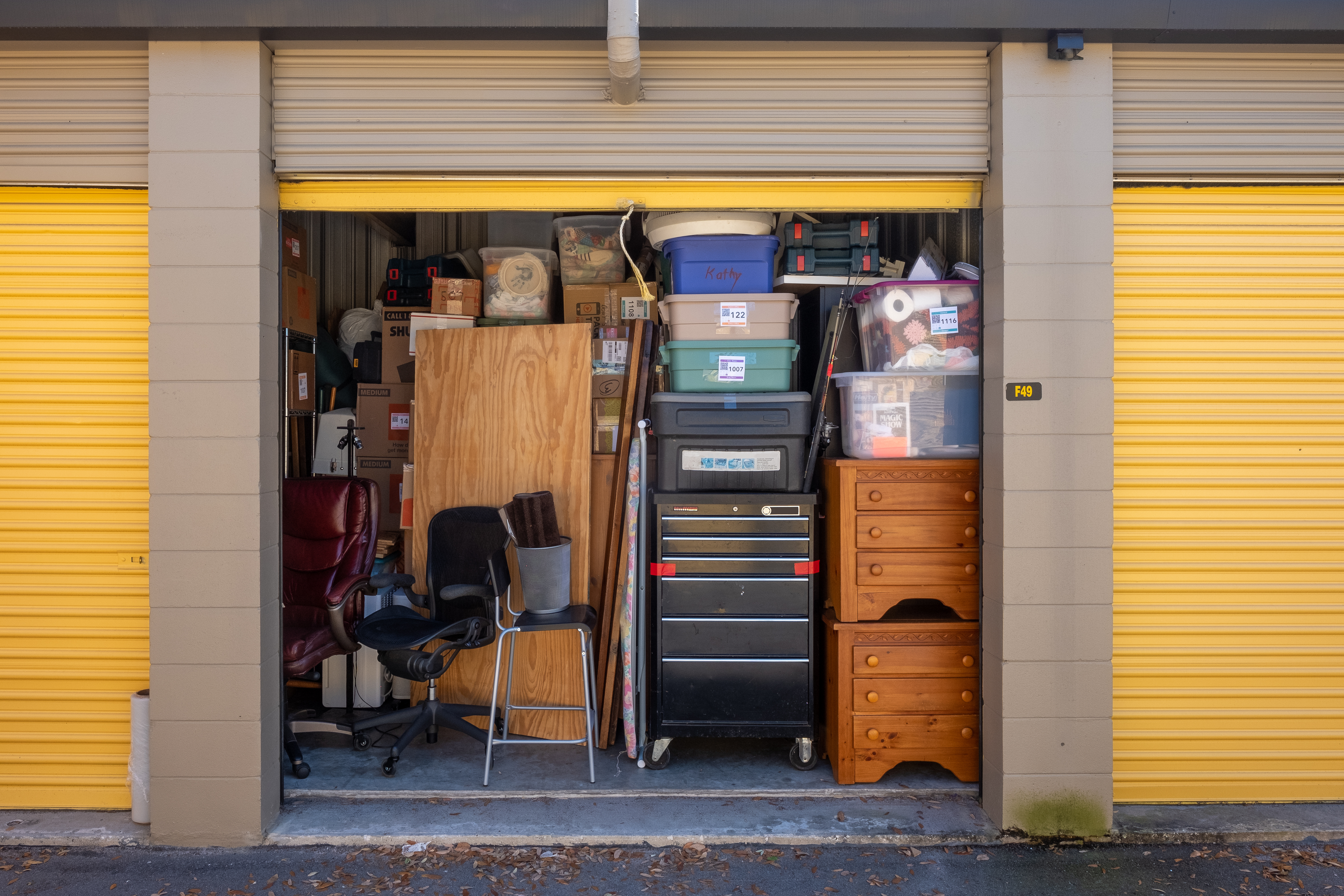
Discover the average professional organizer cost, what influences pricing, and how to budget for your next home organization project.
Time to get it together


If your home is one cluttered pile away from a complete madhouse, it is time to take action immediately. With these best household organization tips, you can turn disorderly corners, cabinets, and closets into spaces that make life easier, rather than causing chaos. These ideas are straightforward, effective, and easy to put into action. Grab a label maker and start creating a home that feels way more functional.
If you are trying to organize your entire dwelling in one weekend, try to remember it’s like running a marathon without training.
The trick is to scale down your focus. Begin with something contained, like a junk drawer, a single kitchen cabinet, or one section of your closet.
Completing a more straightforward and less labor-intensive task is a small victory that will boost your sense of accomplishment and confidence, increasing your motivation for bigger projects, hello, attic. Even better, over time, these small, consistent efforts add up to a home that feels more functional and far less overwhelming.
Most Messy Mollys know that the biggest organization killer is letting items float around without a permanent spot or failing to use the designated spots you created.
When objects land wherever there's space, like all around your bathroom sink, stuff starts sucking up all available surface space. To avoid clutter, assign every item a designated home, including hooks for keys, bins for craft supplies, and baskets for toiletries. And get into the habit of using them.
If you're struggling to figure out where certain items should live, a local home and garage professional can recommend storage solutions that match your routines and the way you use your space. Most professional organizers charge on average around $530, depending on the size of the project and materials.

Labels are like dependable assistants. They point out to everyone in the household where to put things back. They also make it much easier to know what essential items you are running low on when placed on clear containers or see-through bags.
Homeowners have plenty of label options to choose from, including handwritten tags, printed labels, or chalkboard stickers. Each one has the same goal: removing any guesswork regarding where stuff belongs.
Every few months, take a good look at the stuff in your closets, cabinets, drawers, and bins. Doing so creates the ideal opportunity to swap out the items from the previous season for the current or upcoming season. You can also double-check the placement of everyday items to ensure they are always easy to reach.
This kind of seasonal shuffle keeps the rooms in your home from turning into overstuffed dumping grounds where things disappear for years. While rotating, check for items you haven’t worn, used, or even thought about in the past year. If something no longer serves a purpose, donate it, sell it, or recycle it.
Clutter like mail, receipts, and random scraps of paper containing bits of information tend to accumulate daily, until they cover every available surface.
Consider combating the mess with a dedicated paper station. It can include clearly labeled folders, trays, or bins for categories like “Bills to Pay,” “To File,” and “Action Items." The upshot is that it makes it easier to remember why you kept this stuff on hand to begin with. Another idea is keeping a shredder or a bag for paper to recycle near your entryway so you can dispose of random paper items before they land on a table or counter.
Items like shelves, racks, and hooks are mighty tools for optimizing your home storage without sacrificing valuable floor space.
Consider installing floating shelves in kitchens to hold spices or dishware, use hooks in entryways for coats and bags, and add wall racks in laundry rooms for hanging cleaning tools. This approach is especially great for small rooms, where every inch counts. It is also one of many great garage organization tips, since vertical storage keeps tools, sports gear, and seasonal decorations off the floor and easy to access.
Consistency is key when it comes to home organization. Each evening, set a timer for ten to 15 minutes and do a quick sweep of your most-used spaces, like the kitchen, living room, home office, or entryway.
These minutes provide the opportunity to put away things that wandered, and toss stray papers in the recycling. Get your entire household involved so tidying becomes a shared habit rather than a solo chore.
You’ll be surprised at how much visual calm you can create in just a few minutes, and by doing it daily, you prevent small messes from snowballing into weekend-consuming cleanups.
From average costs to expert advice, get all the answers you need to get your job done.

Discover the average professional organizer cost, what influences pricing, and how to budget for your next home organization project.

If your home is a bit messy, that’s perfectly normal. Trusting a professional home organizer to revamp your space can be worth the cost. Here’s how to find and hire a professional organizer.

Discover small closet organization tips to maximize space, reduce clutter, and create a stylish, functional storage area that suits your needs.

When was the last time you cleaned out your spice rack or linen closet? Our list of 12 things to get rid of in just one hour helps you toss what is old, expired, or no longer needed. Decluttering is faster and easier than you might think.

Declutter and maximize your space with these eight smart storage tips for messy closets, cupboards, and drawers around your home.

Maximize space and save money with these expert storage unit tips. Smart packing strategies and organization hacks included.